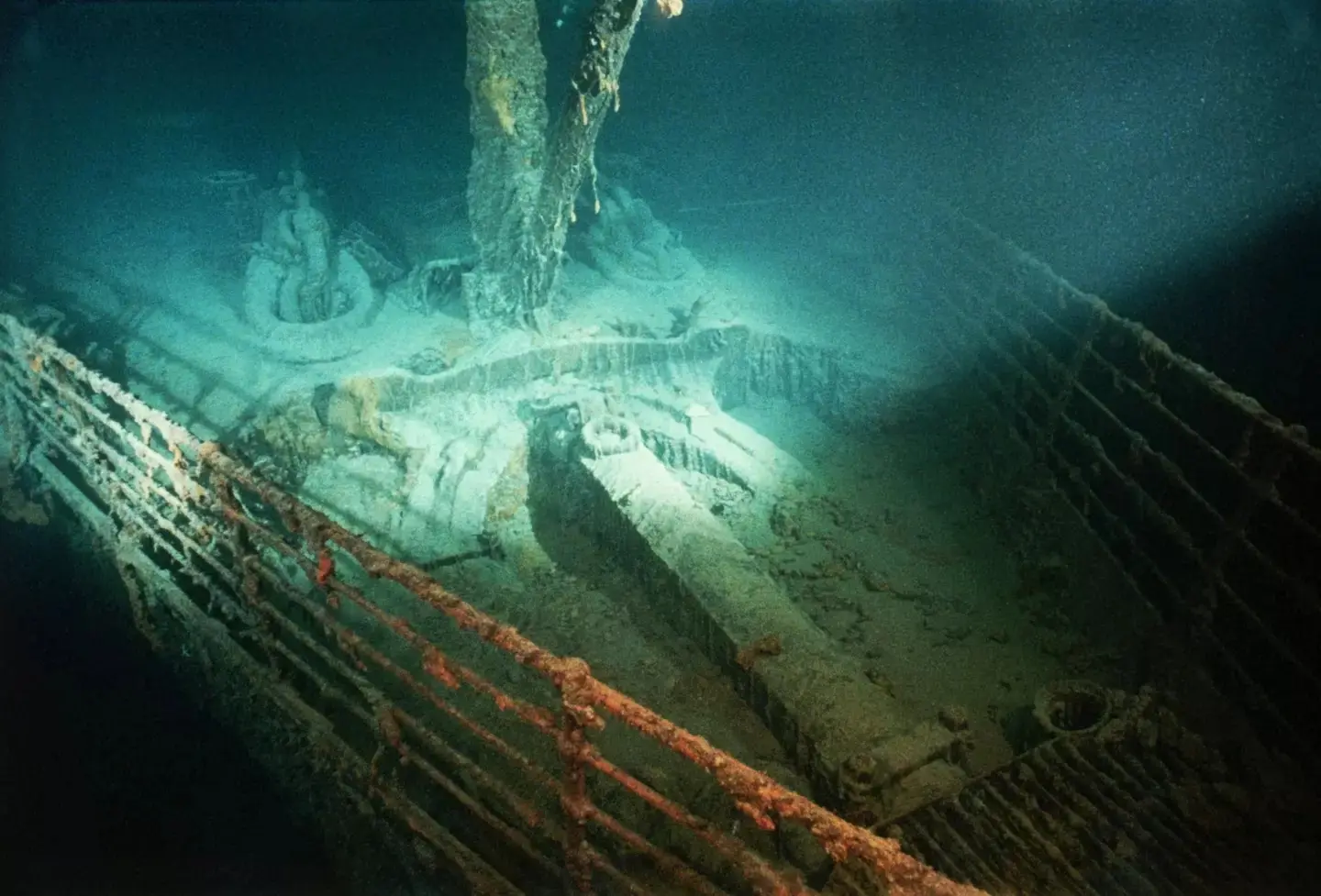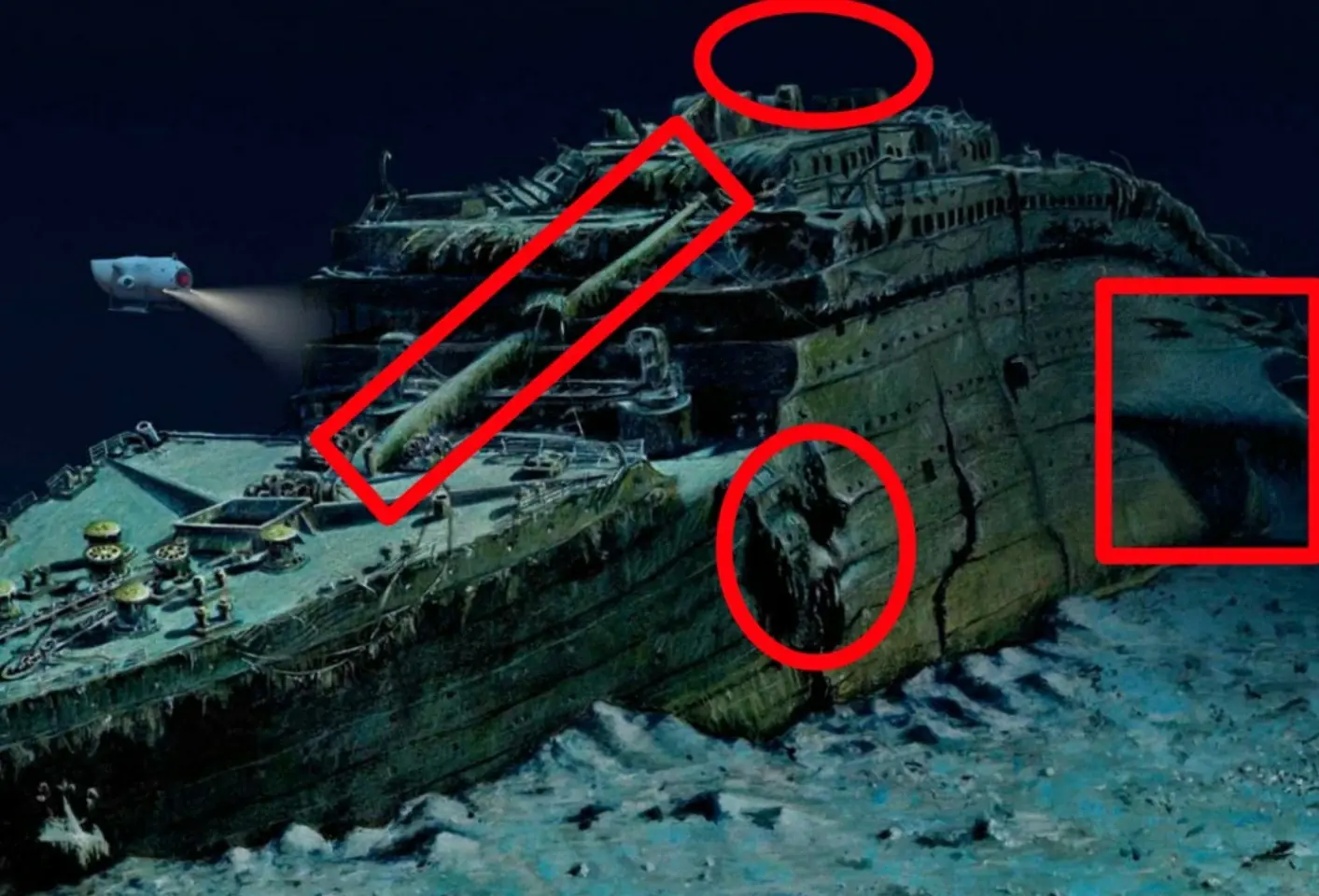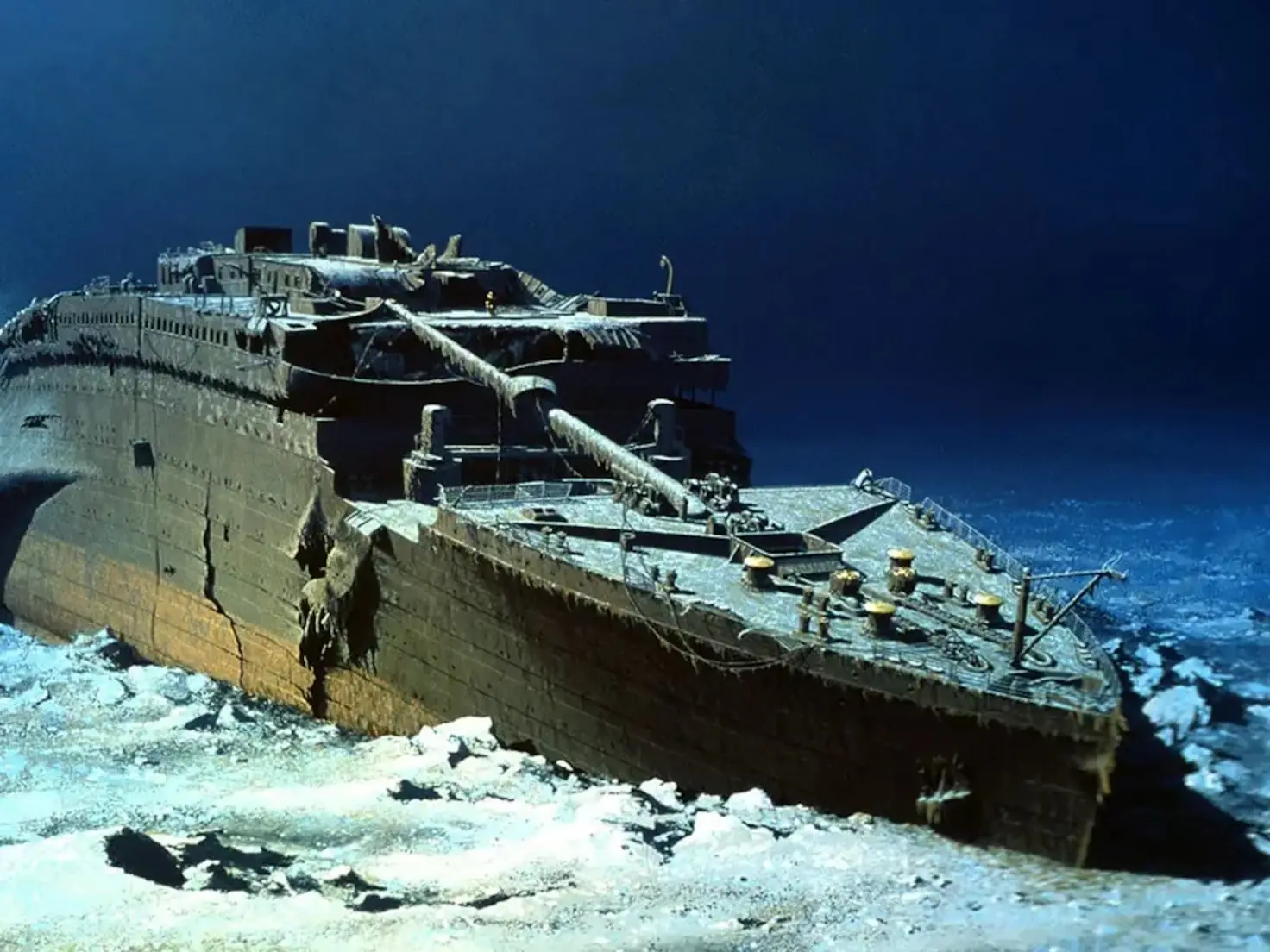
The Chilling Truth About Why No Human Remains Were Found in the Titanic Wreck
More than a century after the RMS Titanic’s tragic sinking, many people are only now learning the unsettling truth about why no human remains have been found within its wreckage - despite the fact that over 1,500 passengers and crew lost their lives in the disaster.
On April 15, 1912, during its maiden voyage from Southampton, England, to New York City, the “unsinkable” Titanic struck an iceberg in the North Atlantic. The shortage of lifeboats meant that nearly 1,500 of the 2,224 people onboard perished, making it one of the d:eadliest peacetime maritime tragedies in history.
After decades of searching, the ship’s wreckage was finally located on September 1, 1985, resting more than 12,000 feet below the ocean’s surface. Researchers found that the vessel had likely broken apart near the surface before sinking, leaving the bow relatively intact while scattering hundreds of thousands of items - from furniture and crockery to passengers’ personal effects - across a debris field measuring roughly 5 by 3 miles.
Pairs of shoes and boots were discovered on the seafloor, often lying side by side, silent reminders of where victims once lay. However, no intact human remains were recovered inside the ship’s preserved sections or the surrounding debris.
The Science Behind the Vanishing Remains
According to Robert Ballard, the oceanographer who co-discovered the wreck, the explanation lies in both biology and chemistry. “The water in the deep sea is under-saturated in calcium carbonate, which is mostly, you know, what bones are made of,” he explained. In extreme depths below the calcium carbonate compensation depth, once marine life consumes the flesh, the exposed bones begin to dissolve.
This process, combined with the intense pressure and low temperatures of the deep Atlantic, means that within decades - or even years - no skeletal remains survive. As Ballard noted, in places like the Black Sea, where marine organisms that feed on remains are absent, bones could persist for centuries. But in the Titanic’s resting place, nature’s cycle ensures nothing remains but personal items and scattered memories.
Reddit users reacted with mixed emotions to the revelation, calling it “horrifying,” “eerie,” and “terrifying.” One commenter found solace in the thought that the victims were “given back to nature the only way Mother Nature knows how.”
The Ongoing Decay of the Titanic
Since its discovery, scientists and explorers have repeatedly visited the Titanic site, recovering artifacts for conservation and display. Yet the ship itself has never been raised - and over time, its condition has worsened due to iron-eating bacteria, corrosion, and occasional damage from submersibles.
Back in 2006, scientists predicted the hull and structure could collapse entirely within 50 years, leaving only the more durable interior pieces in a rust-stained heap on the ocean floor.

Modern-Day Tragedy Linked to the Wreck
In 2023, a tourism expedition to the wreck ended in disaster when the Titan submersible, operated by OceanGate, suffered a catastrophic implosion during its descent. All six onboard, including CEO Stockton Rush, lost their lives - a stark reminder of the dangers that still surround the Titanic’s grave more than 110 years after it sank.
The Titanic remains both a haunting archaeological site and a symbol of human ambition, hubris, and vulnerability against the immense forces of nature.
News in the same category


12 Health Hacks Doctors Rarely Share: Secrets for Optimal Health and Well-being

A Parade Moment That Became Global Joy

Nick Vujicic: Living Proof That the Human Spirit Knows No Limits

You’re Made of Stardust – Literally! 🌌🚀

Sea Levels Are Rising Faster Than At Any Time In 4,000 Years 🌍

Your Dog Might Actually Love You More Than Food

Deep Freeze Set to Slam the Eastern U.S. This December

Nike Co-Founder Phil Knight Makes Historic $2 Billion Donation to Cancer Research

Dutch Engineers Tackle the Pacific’s Plastic Crisis with 600-Meter Ocean Vacuum

How to Take a Loop of the Entire U.S. by Train

The Quiet Rise of Everyday Health-Tracking Technology

The Hidden Toll of People-Pleasing: How Emotional Suppression Can Trigger Autoimmune Disorders

The Pudu: The World’s Tiniest Deer and Its Role in South America's Forest Ecosystems

Deep Water Cycle: Scientists Discover Hidden Ocean Beneath Earth's Surface

Mexico City’s Sweeping Bullfighting Ban Marks Major Shift in Cultural and Animal-Welfare Policy

Los Angeles County Erases $180 Million in Medical Debt for 39,000 Residents

The 2025 Atlantic Hurricane Season Intensifies: A Heightened Risk for Major Storms

Europe Faces Unprecedented Heatwave: Rising Temperatures Strain People, Infrastructure, and Agriculture

Revolutionary Light-Based Cancer Treatment Offers New Hope with High Success Rate
News Post

CCF Tea to Burn Belly Fat

DIY Lip Balm with Vaseline and Beetroot: A Natural, Moisturizing Solution for Soft, Pink Lips

Coffee Gel For Eye Wrinkles

Coffee For Instant Skin Brightening

Japanese 4 Steps Glow Secret

30 minutes treatment for dark lips

How to Make a DIY Aloe Vera Night Cream for Glowing Skin

Rice Water Toner To Get Skin That Shines Like Diamond

Salon like Keratin Treatment at Home

Experts reveal the top 7 Shampoos to tackle hair loss effectively

10 Surprising Beauty Hacks You Never Thought You Could Do With Baby Powder

DIY Night Serum For Radiant Skin

Top 8 Foods to Clean and Restore Your Liver Naturally

The Ancient Secret Seed That Revolutionized Wellness: Unlocking the Power of Hibiscus and Cloves

Garlic Remedy for Removing Moles and Skin Tags Naturally: What Works and What to Know

Fibromyalgia: The Hidden Energy Crisis Behind Your Pain, Fatigue, and Sleepless Nights

The Hidden Oil That Sparks Her Desire and Rekindles Your Marriage

Unlock the Ancient Secret of Peach Tree Resin: 15 Life-Changing Benefits You’ll Wish You Knew Sooner

Aloe Vera & Cinnamon: The Traditional Duo That Naturally Supports Your Health, Vitality, and Vision
